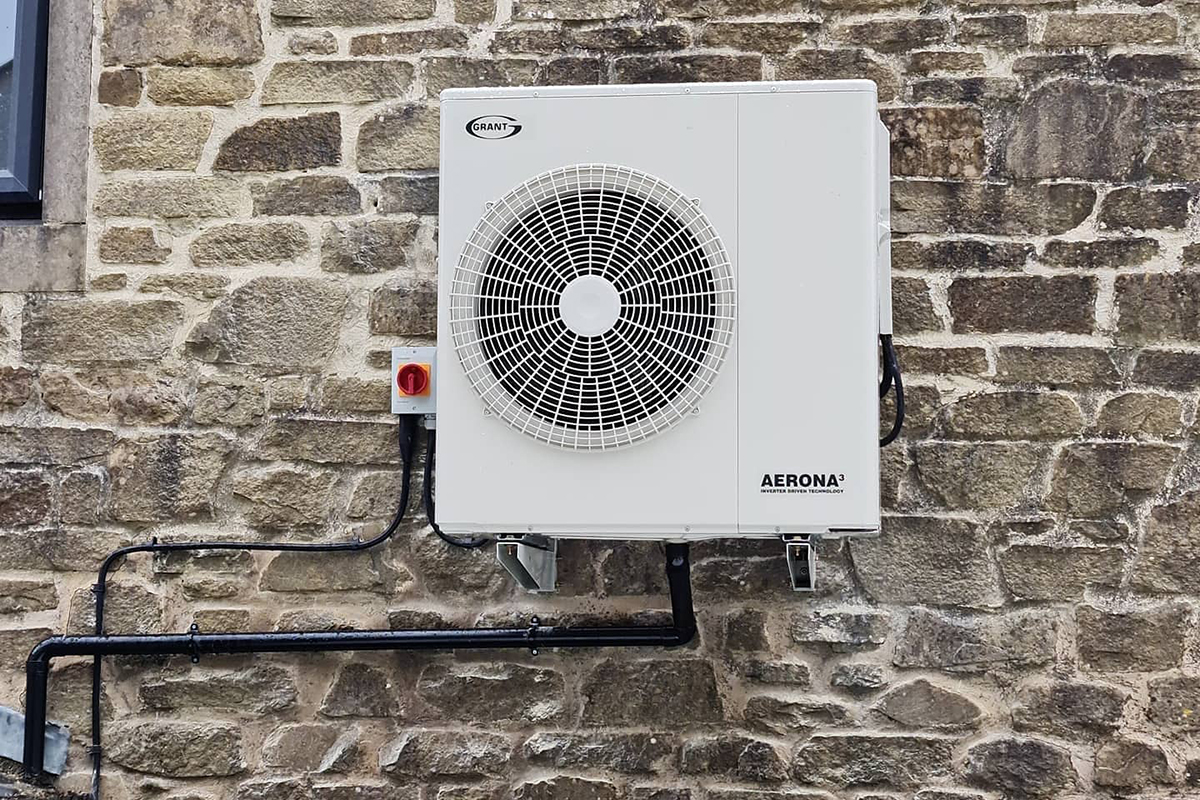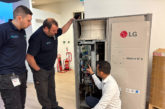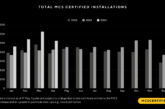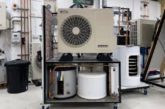
Griff Thomas, Managing Director of renewables training centre GTEC, discusses some of the challenges facing the heat pump sector as deployment ramps up, progress so far and opportunities for heating installers.
The government has pledged to deliver 600,000 heat pumps every year by 2028 as part of wider plans to tackle decarbonisation in domestic dwellings, representing an almost 12-fold increase on 2021 numbers. A rapid transition is needed, but how can it be achieved on such a large scale and in a short timeframe?
First, let’s consider the challenges:
The belief that heat pumps are unsuitable for older housing stock – So far, evidence from the Electrification of Heat demonstration project suggests the opposite.
Social barriers – Renewable technologies have always been based on the idea that they must pay for themselves, but we must move away from this thinking.
Loss of airing cupboard – A very common barrier in my experience that accounts for a 40% drop off in enquiries. Manufacturers are rising to this challenge and innovating to store cylinders in loft spaces.
Purchase costs – Why is it more expensive to buy a heat pump? It’s all about limited production runs and recovery of R&D, but it won’t be like this forever. As demand increases and the supply chain stabilises, the price will come down.
Running costs – Wildly fluctuating electricity and gas prices are putting a spanner in the works here but let’s take a heat pump unit running badly at SCOP 3 and an electricity price of 30p p/kWH, every unit of thermal energy costs around 10p, compared to gas at approximately 7p – a difference that will need to be subsidised.
What’s being done?
Connectivity – smart capabilities will allow better use of electricity from the grid and enable end users to make use of reduced rate tariffs. Central government is ploughing millions into R&D to ensure this high level of connectivity can happen and running costs are reduced.
Subsidies – A typical property would need around £400 per year subsidy, but where would this come from? There is talk of moving levies from electric to gas, or would it come from the general purse? Who knows, but it will be an option on the table when 2025 comes around.
Manufacturer mandates – We’ve recently heard that from 2024, manufacturers will be penalised if they do not achieve a certain percentage of heat pumps sales in proportion to fossil fuel boiler sales. This is a brave step by central government and something we’ve not seen before.
Regulation – The 2021 update to Part L of the Building Regulations is another ‘first’ – low temperature heating is now required by law in new builds and full replacement systems, with standards set to be lifted even higher in 2025 under the Future Homes Standard.
Right first time
In my auditing work I’ve seen so many bad heat pump installations. Fixing problems costs money – just do it right in the first place! A calculator is not good enough for a heat pump engineer, they need tools, software and apps to help them size systems to a knife edge of accuracy. More funding is also needed for training – we need a strong installer base at the top of its game to deliver quality installations that last the test of time.
The government is investing £1.6billion per annum to get heat pumps on a par with gas and £1.58billion of subsidy for fuel energy pricing on electricity – these are huge numbers that show the government is committed to making this happen one way or another.
Existing gas engineers and heating installers will make up a large part of the renewables installer base by 2030 – it’s a good time to embrace future technologies and the business opportunities they bring.













